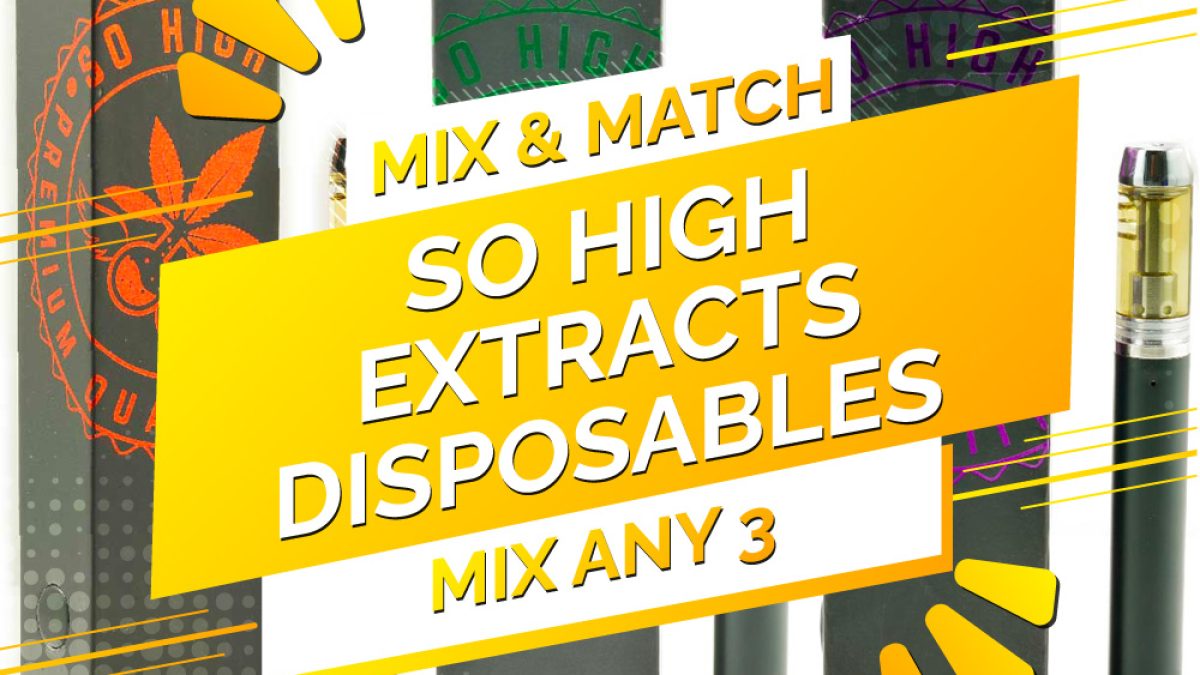In recent years, vaping has emerged as a contentious packman vapes topic, sparking debates, discussions, and a plethora of misinformation. As the popularity of e-cigarettes continues to rise, so does the confusion surrounding their safety, efficacy, and long-term effects. In this article, we delve into the world of vaping to separate fact from fiction and provide a comprehensive overview of the subject.
Understanding Vaping: What Is It?
Vaping refers to the act of inhaling and exhaling aerosol, commonly known as vapor, produced by an electronic device such as an e-cigarette or vape pen. These devices work by heating a liquid solution, often containing nicotine, flavorings, and other chemicals, to generate vapor that is then inhaled by the user.
Dispelling Myths: Separating Fact from Fiction
Myth: Vaping is harmless.
Fact: While proponents of vaping argue that it is a safer alternative to traditional tobacco smoking, research suggests otherwise. E-cigarette aerosol contains harmful substances such as nicotine, ultrafine particles, volatile organic compounds, and heavy metals, which can have adverse effects on respiratory and cardiovascular health.
Myth: Vaping helps people quit smoking.
Fact: While some individuals may successfully use vaping as a smoking cessation aid, evidence supporting its effectiveness is mixed. Additionally, the long-term consequences of vaping, including potential nicotine addiction and dual use with traditional cigarettes, raise concerns about its role in smoking cessation efforts.
Myth: Vaping is only popular among adults.
Fact: Contrary to popular belief, vaping has gained popularity among adolescents and young adults, with studies indicating a significant increase in e-cigarette use among these age groups. The appealing flavors, discreet nature of vaping devices, and targeted marketing tactics contribute to its widespread appeal among youth.
Health Risks and Concerns
The surge in vaping-related illnesses and deaths in recent years has underscored the urgent need to address the health risks associated with vaping. Respiratory illnesses, lung damage, cardiovascular complications, and potential links to serious conditions such as EVALI (e-cigarette, or vaping, product use-associated lung injury) have raised alarm bells among health professionals and policymakers.
Regulatory Landscape: Navigating the Maze
Governments around the world are grappling with the challenge of regulating vaping products to protect public health while balancing the interests of consumers and the vaping industry. Regulations vary widely, ranging from outright bans on e-cigarettes to restrictions on sales, marketing, and flavorings. The evolving regulatory landscape reflects ongoing efforts to mitigate the risks associated with vaping and prevent youth initiation.
Conclusion: Towards Informed Decision-Making
As the debate over vaping continues, it is essential to base our understanding on scientific evidence and empirical data rather than conjecture and anecdotal accounts. While vaping may offer certain advantages over traditional smoking, its potential risks and uncertainties cannot be overlooked. By fostering informed decision-making and promoting public awareness, we can navigate the complex terrain of vaping and safeguard public health for generations to come.

